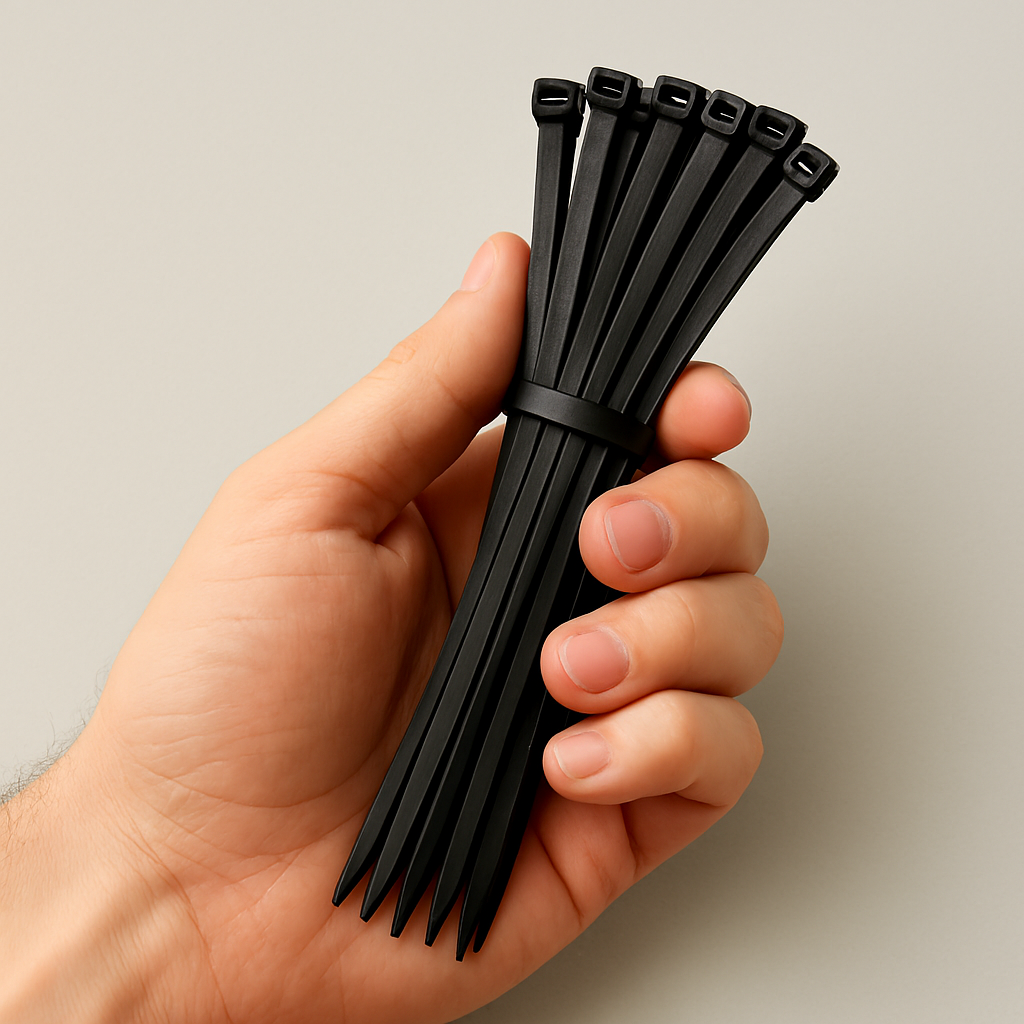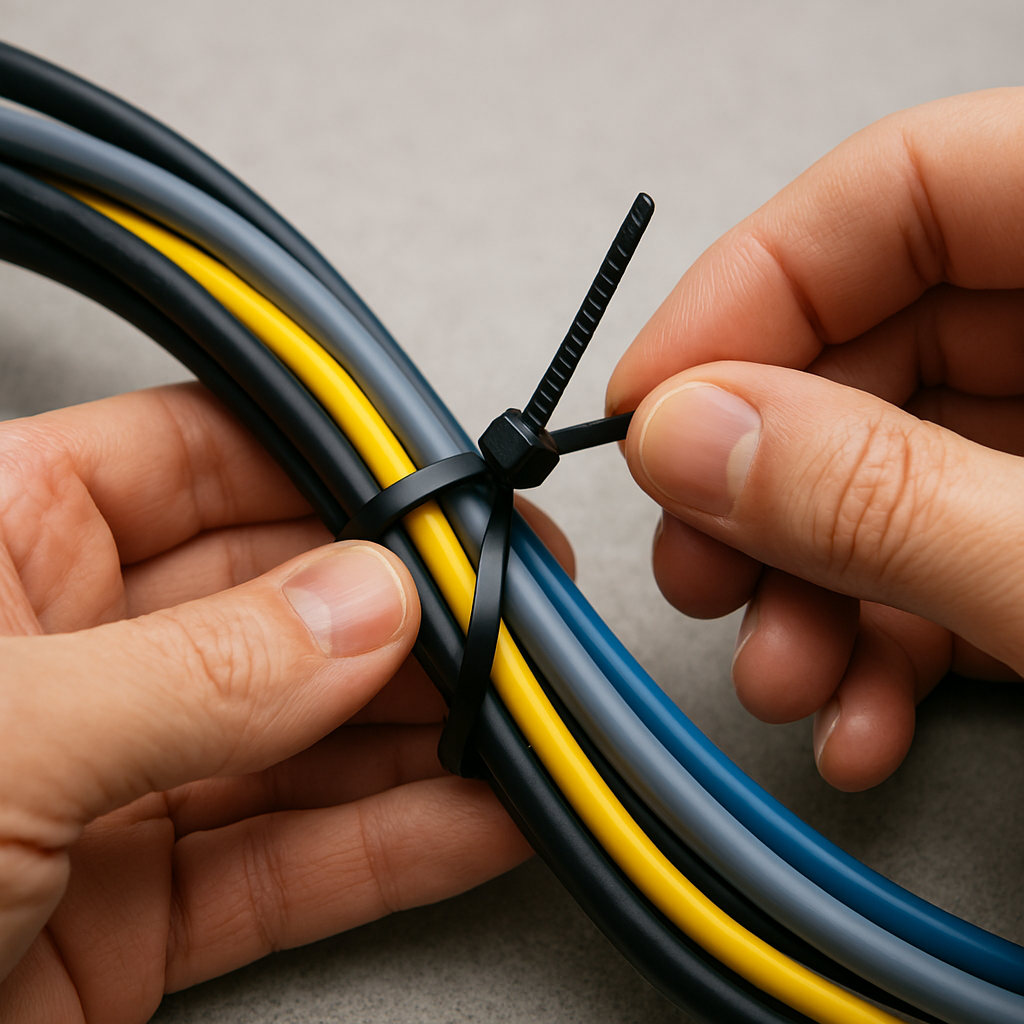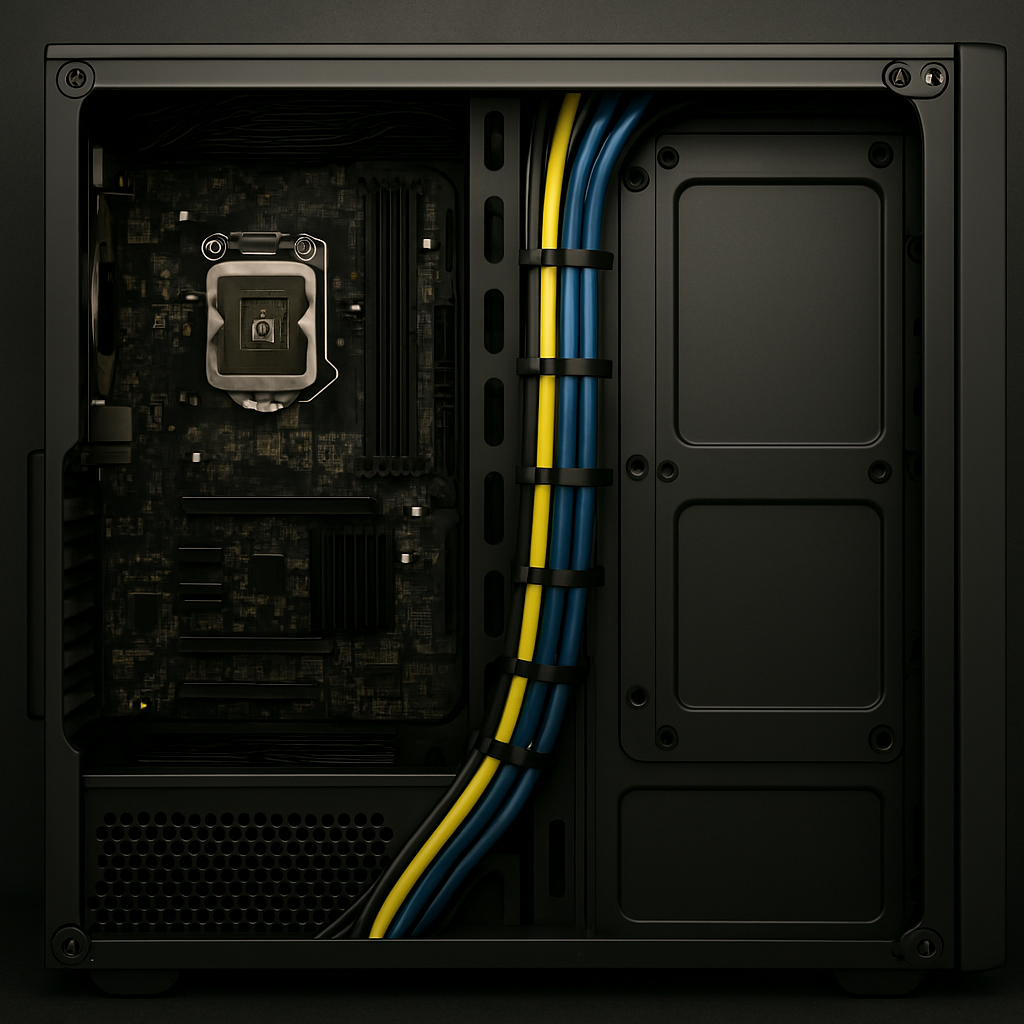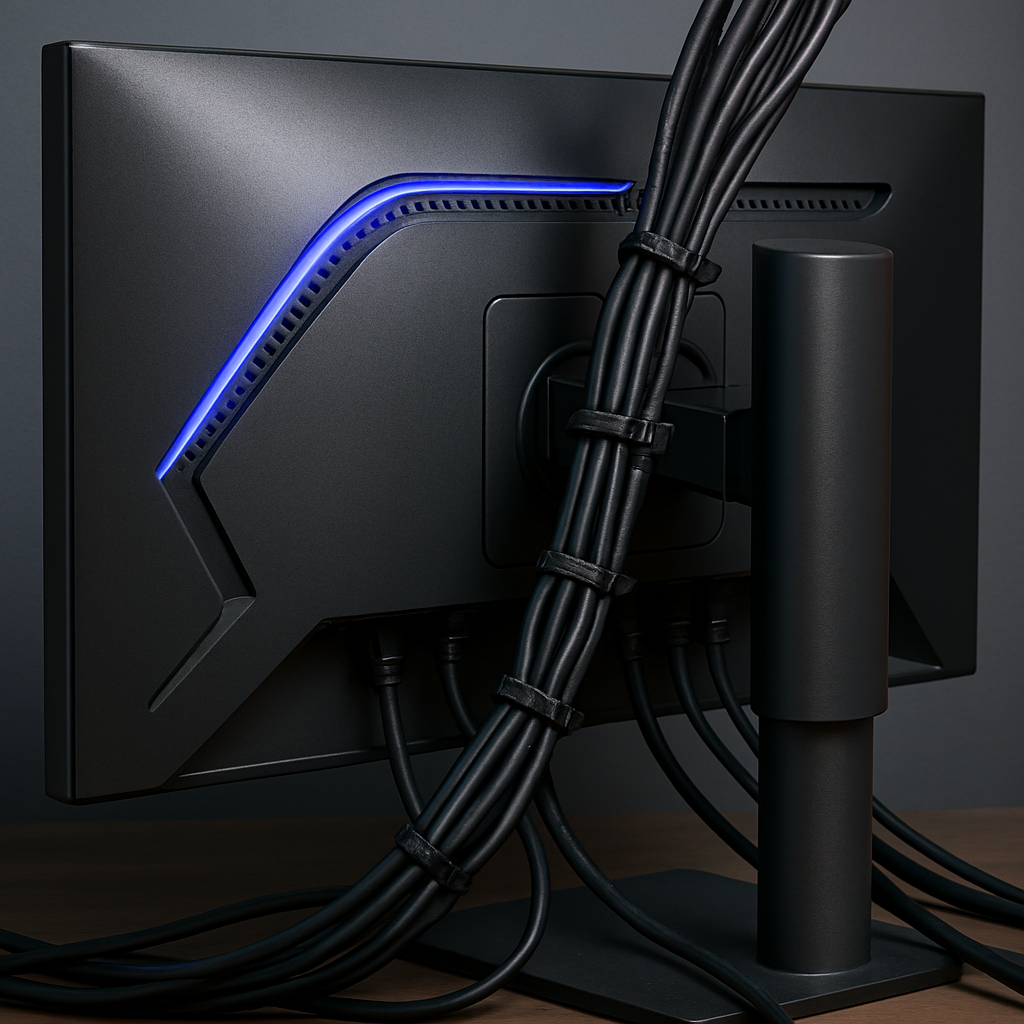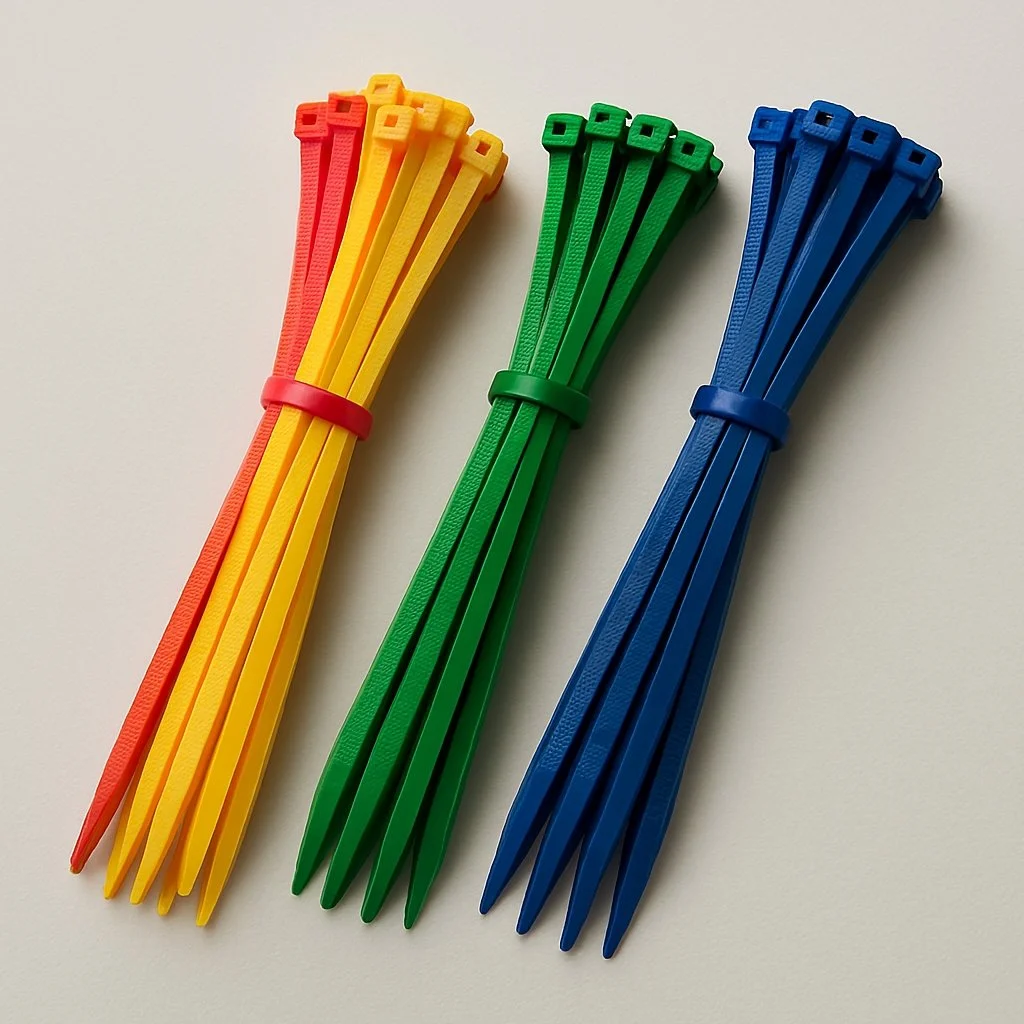Here's why Tie Wraps Are Essential for Cable Management
When chaos lurks behind your desk or inside every server rack, the one tool needed for cable management is the ever-so-reliable tie wrap. Also known as zip ties, these small plastic fasteners have become essential for organizing, securing, and streamlining cables in environments ranging from home office to gaming and home theater setups.
Let's outline several reasons why Tie Wraps are an essential tool for cable management.
What are these Tie Wraps
In description, Tie wraps are nylon strips with a ratcheting mechanism that secures cables when the tail is pulled through the head. When tightened, they hold cables firmly in place, preventing tangling and reducing clutter. This organization is particularly beneficial inside PC cases, especially for high-performance setups. Improved airflow is critical in such setups, and tie wraps play a significant role in achieving this. Using tie wraps enhances the overall efficiency and neatness of the internal components in a PC.
Why are Tie Wraps essential for Cable Management?
Tie wraps serve as the backbone of effective cable organization. They are incredibly easy to use, requiring just a quick loop and pull to bundle cables neatly. No tools or extra effort are needed, making them very convenient. In comparison to cable trays, sleeves, or Velcro straps, tie wraps are a reasonably priced option. A bulk pack costs only a few dollars and lasts for years.
The tie wraps come in various lengths, colors, and tensile strengths, making them suitable for everything from delicate USB cords to thick cables. High-quality tie wraps are resistant to heat, UV rays, and mild corrosive chemicals, making them ideal for both indoor and outdoor applications. Unlike bulkier cable management solutions, tie wraps are slim and non-obstructive, allowing users to manage cables effectively in tight spaces behind PC cases and monitors. Overall, tie wraps provide a versatile and practical solution for organizing cables.
The Most Common Applications
This cable management tool is suitable for a variety of applications. It can keep the desk tidy by bundling the monitor and keyboard cables. You can also apply tie wraps to home theater and networking solutions by organizing Ethernet cables in server racks, preventing signal interference, and improving user maintenance access.
The Best Tips and Practices When Using Tie Wraps
If you plan on using wraps for the first time, I've outlined the following tips. Avoid applying excessive tension. Doing so can cause damage to cables and will be difficult to remove. Use color-coded tie wraps; this makes it easy to distinguish which cable is connected to specific devices. Finally, use flush cutters to remove tie wraps cleanly and efficiently. Doing so prevents damage to nearby wires.
The Complementary Alternatives
While tie wraps are effective, they are other alternatives for specific situations. For example, Velcro straps, which are reusable, cable sleeves provide a neat aesthetic appeal for organizing cables, and adhesive clips help route cables along flat surfaces. However, tie wraps will always be the first choice to combat unmanaged cables.
So there you have it
Tie wraps may not be appealing to some, but they're the unsung, reliable heroes of cable management. They are easy to use and versatile, making them a go-to tool for PC builders and DIY enthusiasts alike. Whether you're building a gaming system, managing an array of servers, or setting up a home theater system, tie wraps are the most valuable tool for keeping your devices, cables, and power cords organized.


